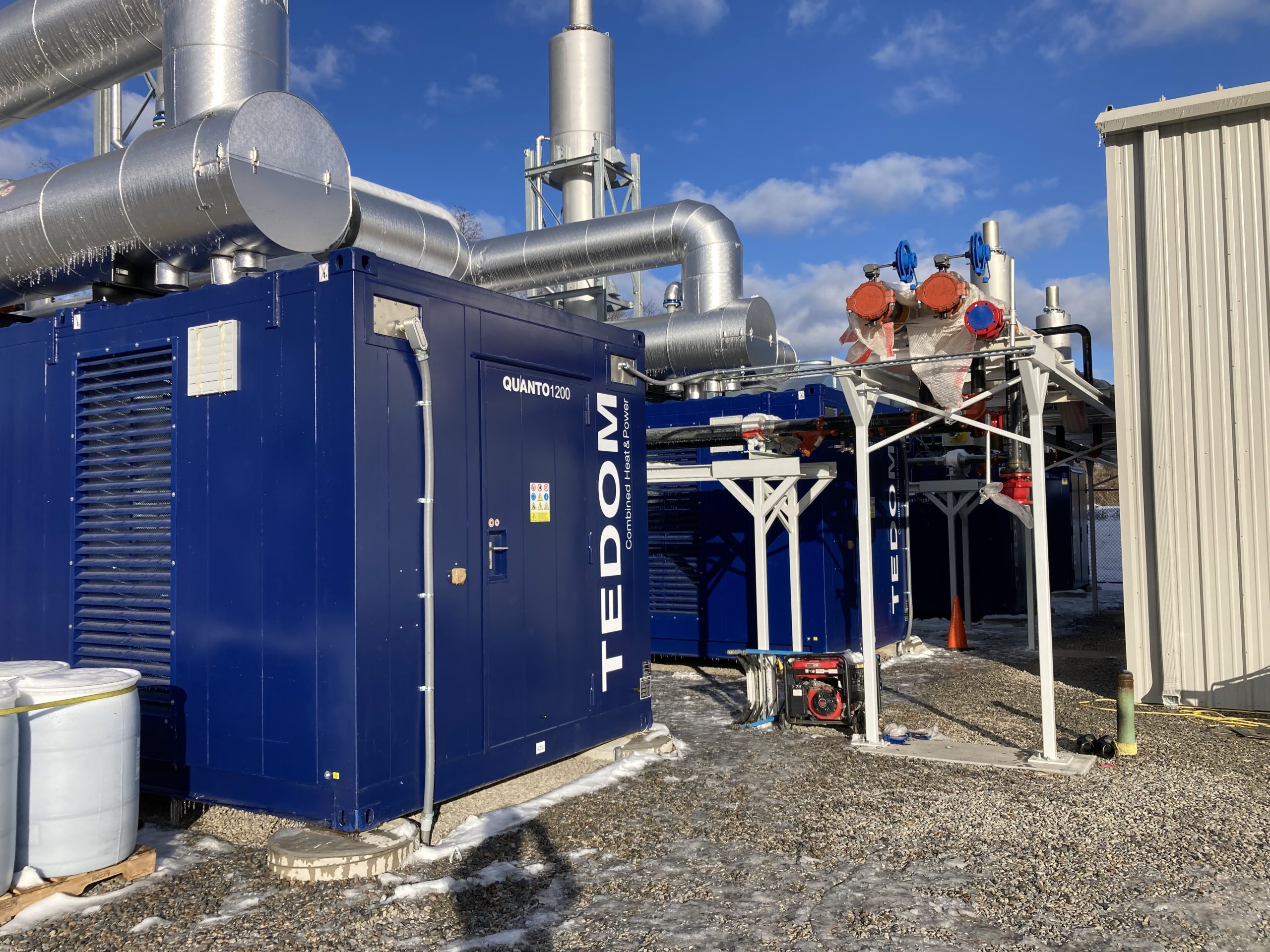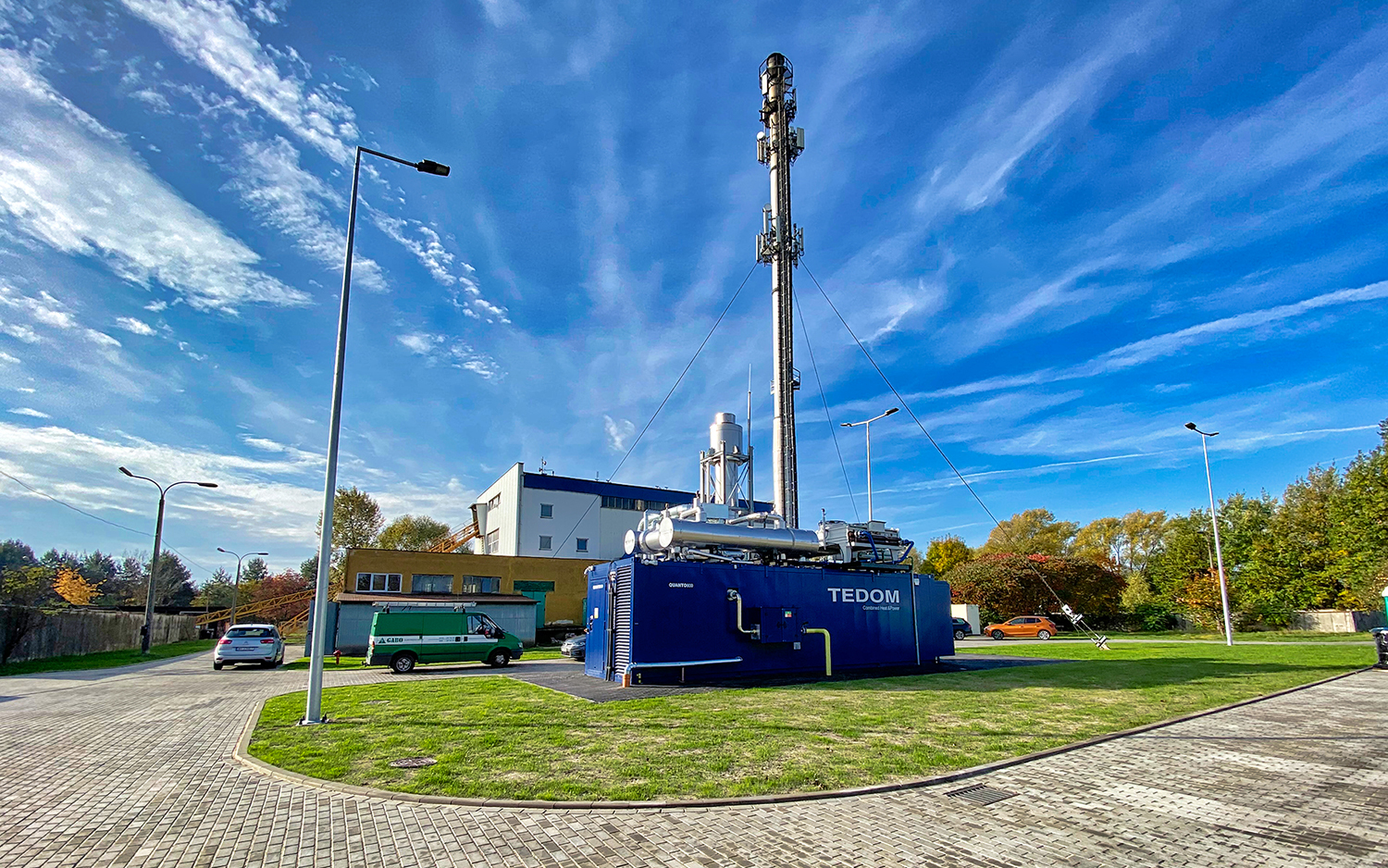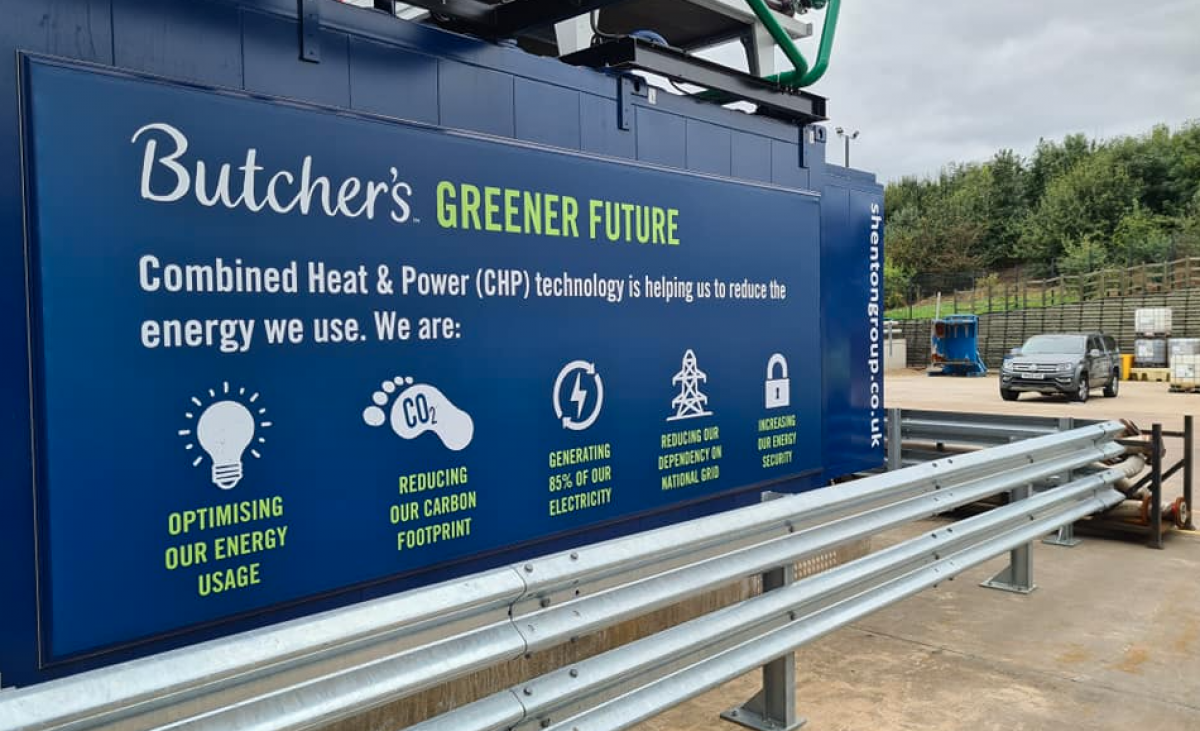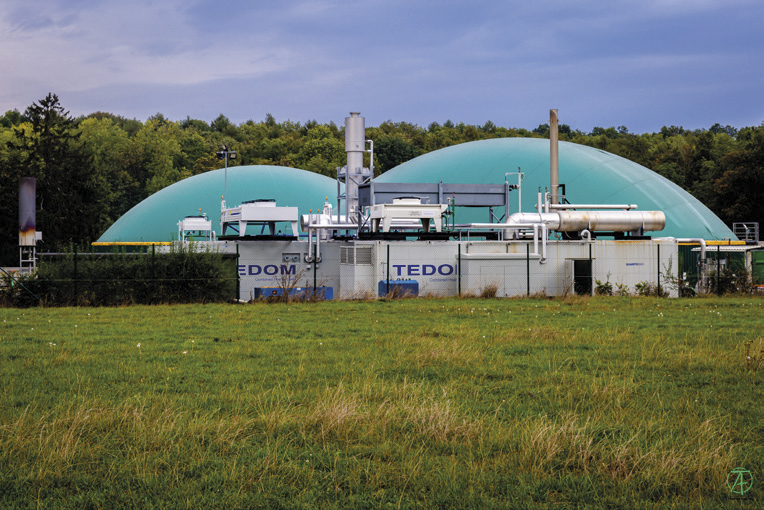
The Quanto and Cento CHP units for the greenhouse operators in Duncannon, USA
In February 2022, we installed a total of 4 TEDOM CHP units intended for the greenhouses for PA options for Wellness, an American medical marijuana cultivation and clinical research company. These were two 1200 kW Quanto CHP units and two 555 kW Cento CHP units. This brings the total installed electrical capacity of this installation to more than 3.5 MW. This CHP unit composition allows for flexible operation, service interventions without any interruptions in the operation and it simultaneously brings a considerable resistance to the power grid outages.
About project

The installation, which was carried out by our long-term partner for the US market, Kinsley Energy Systems, was also supervised by two of our foreign technicians. The installation took approximately one month. The CHP units are designed to be primarily used in a so called island mode and, in addition to the actual greenhouses, they supply the power and heat to the entire adjacent premises. Therefore, everything had to be set up and tested well.
For the proper cultivation of plants in the greenhouse, it is important to maintain an optimal environment at every stage of their growth. Temperature, lighting, air humidity, ventilation and other environmental parameters must be set so that the plants can be grown in the greenhouse all year round with the maximum yield. Disruption of this optimum environment, caused by an outage of the supplied power can therefore result in the entire harvest being ruined. Ensuring an optimal greenhouse environment is therefore crucial and any deviation from the ideal condition will have an impact on the overall yield of each harvest.
A suitable solution for this type of operation is cogeneration technology, which, in addition to saving money, can supply several important things for growing: power for lighting, heat for heating, and even the engine exhaust gases can find their use. The exhaust gases are cooled down and purified to remove unwanted substances. The resulting gas is then driven to the plants as a source of carbon dioxide needed for photosynthesis. By doing so, cogeneration not only saves the environment, but it also reduces the cost of synthetic carbon dioxide.
More case studies
Selected references and case studies








